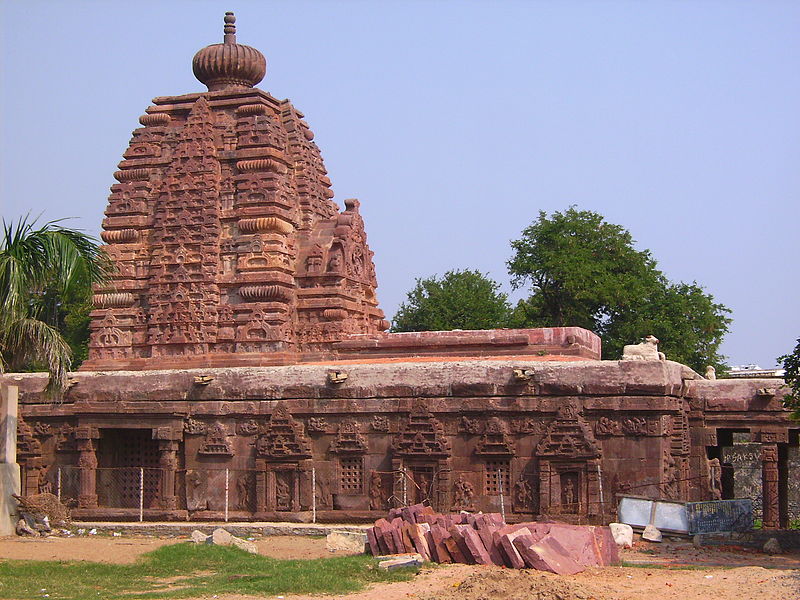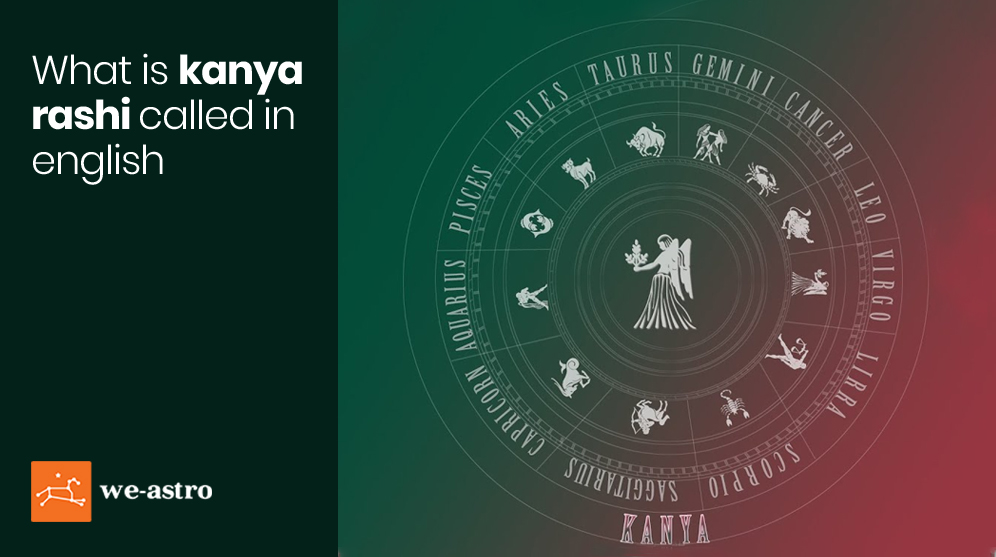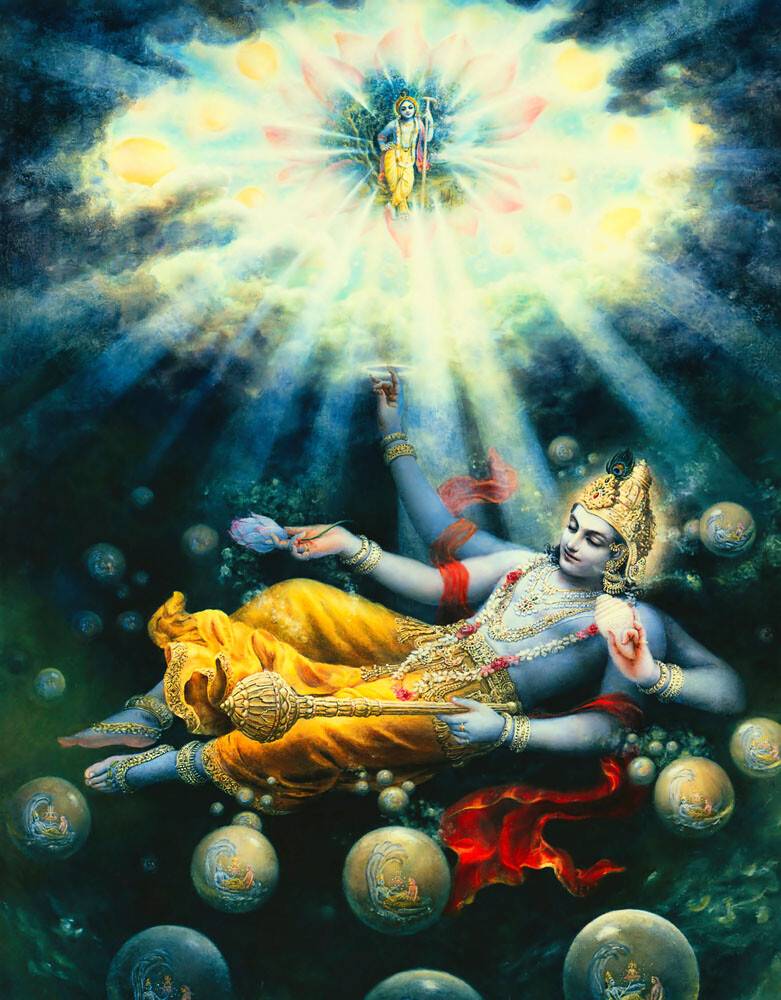Unveiling the Divine: Decoding Hinduism's Enigmatic Symbols
Discover the profound meaning of Hindu symbols, their spiritual significance, and the role they play in our daily lives and traditional Hindu practices.

Hinduism, one of the oldest religions, encompasses a vast array of beliefs, traditions, and philosophies. Throughout the ages, this rich spiritual culture has produced an array of symbols that signify different aspects of the divine and our connection to it. These symbols are not only deeply ingrained in Hindu art, architecture, and rituals, but also serve as a source of spiritual guidance and wisdom for millions of people around the world.
One of the most recognizable Hindu symbols is the sacred syllable 'Om' (also spelled 'Aum'). This primordial sound is believed to embody the essence of the universe and is used frequently in meditation and prayer. Om is often visually represented by its Devanagari script symbol or as found in various artistic depictions. The three curves in the symbol represent the three states of consciousness – waking, dreaming, and deep sleep – while the dot signifies the absolute, transcendent reality.
Another significant symbol in Hinduism is the Swastika, which is often misunderstood due to its association with Nazi Germany. However, in Hinduism, the Swastika is an auspicious symbol that represents good fortune, prosperity, and spiritual victory. With its four arms pointing in different directions, it symbolizes the omnipresence of the divine and reminds us of the cyclical nature of existence.
The lotus flower is another core symbol found throughout Hindu culture. Widely regarded as a symbol of purity, spiritual growth, and enlightenment, the lotus represents an individual's journey through life, rising from the murky waters of materialism to blossom into a beautiful flower of self-awareness and divine connection. This symbolism is often associated with Hindu deities such as Lord Vishnu and Goddess Lakshmi, who are commonly depicted seated or standing on a lotus.
The trident, or Trishul, is another iconic Hindu symbol, primarily associated with Lord Shiva – the powerful destroyer and transformer in the Hindu trinity. The three points of the trident symbolize the three aspects of Shiva – creator, preserver, and destroyer – and also represent the balance between the physical, mental, and spiritual realms. Carrying the Trishul is a reminder of the divine power to overcome ignorance, attachment, and ego, ultimately transforming oneself into a higher state of consciousness.
In conclusion, the symbols of Hinduism carry profound meanings and represent essential aspects of this ancient faith. Their presence in art, architecture, and rituals serves as a constant reminder that the divine permeates all aspects of our lives, guiding and inspiring us on our spiritual journey towards self-realization and oneness with the universe.




